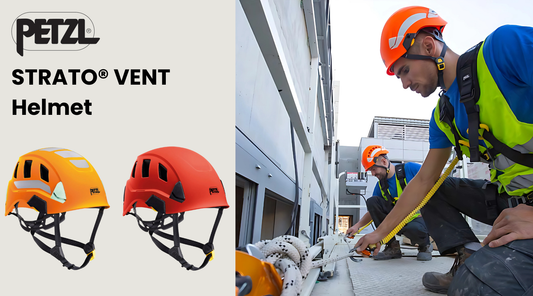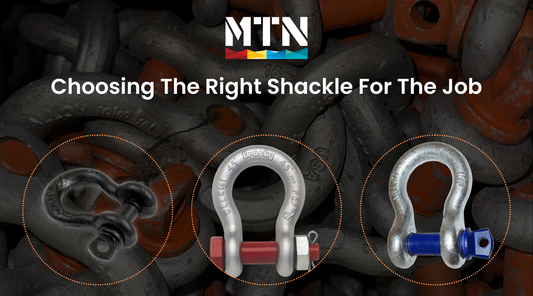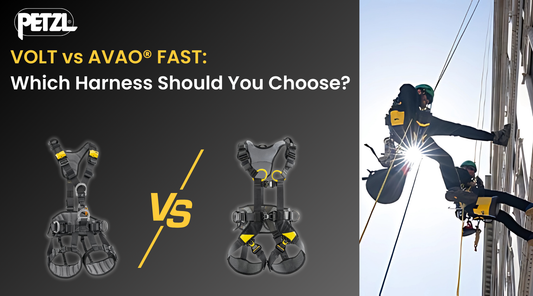10+ Common Rigging Safety Misconceptions (and the Right Way to Lift)
Article


Rigging Safety
10+ Common Rigging Safety Misconceptions (and the Right Way to Lift)
Even experienced crews run into “it’s fine, we’ve always done it like this.” Below are the myths that drive overloads, damaged gear, and near-misses—plus quick fixes pulled from CM’s Pocket Rigging Guide.
“If the sling looks okay, it’s fine to use.”
Slings and hardware must be inspected before each use and removed if damaged—appearance alone isn’t enough. Confirm the ID tag (size, reach, WLL, material/grade, branches) and follow rejection criteria.
- Rate every lift by the weakest component present.
“Any sling angle is safe if the load isn’t too heavy.”
Low angles massively increase tension. Avoid horizontal sling angles below 30°, and use Load Angle Factors when planning. At 30°, tension ≈ 2× the load share per leg; at 60°, ≈1.155×.
- Add a spreader to improve geometry and reduce leg tension.
“It’s fine to side-load any eye bolt.”
Only shoulder eye bolts can take limited side-loads—and never below 45°. Non-shouldered eye bolts are vertical-pull only. Ensure minimum thread engagement ≈ 1.5× bolt diameter.
“Shackles can be loaded at any angle without affecting capacity.”
Side-loading reduces WLL by 30–50%. Round-pin shackles should never be side-loaded. Attach multiple legs to the bow, not the pin, and keep included angles ≤ 120°.
“It’s okay to tie slings together or to lifting lugs.”
Don’t tie slings together and don’t connect directly to lifting bolts/lugs—use an appropriately sized shackle between slings/points.
“Sharp corners aren’t a big deal.”
Edges can cut synthetic/web/round slings or crush wire rope. Pad or radius corners where slings contact the load, and use edge protection sleeves where needed.
“You can choke into the eye of a hook or shackle.”
Never choke into the eye/bow/pin of hooks and shackles—use correct hardware and methods to avoid damage and capacity loss.
“Any hook or shackle size will work.”
Hardware must be large enough to avoid pinching/binding and to seat properly in the hook saddle. For low horizontal angles, prefer shackles; hooks are limited to a 90° included angle.
“WLL is fixed regardless of hitch or geometry.”
WLL depends on hitch type, angle, D/d, and the weakest component. Basket, choker, and vertical hitches all rate differently—and angles reduce capacity.
“Wire rope clips are fine for making sling eyes.”
No—do not use clips to form eyes on wire rope slings. Use properly fabricated/mechanically spliced or flemished eyes. Also, never install the U-bolt on the live side (“never saddle a dead horse”).
“D/d ratios are only for wire rope.”
D/d matters across sling families. For alloy chain basket hitches, capacity drops as the curved surface gets tighter; for wire rope, capacity is reduced when bending around small radii. Always check the manufacturer’s D/d charts.
“Hand signals are nice-to-have; radios are enough.”
Radios fail. A standard set of hoisting hand signals keeps the lift moving safely when communications drop. Make sure everyone onsite knows them.
Quick Planning Aids
- Tension (by angle): Use the Load Angle Factor table: 30°=2.00, 45°=1.414, 60°=1.155, 75°=1.035, 90°=1.00.
-
Field method: If angles are hard to measure, use the S/H method:
(Load ÷ legs) × (S ÷ H). - Choker reduction: As the angle of choke tightens, reduce capacity (commonly down to ~49% at 0–29°).



